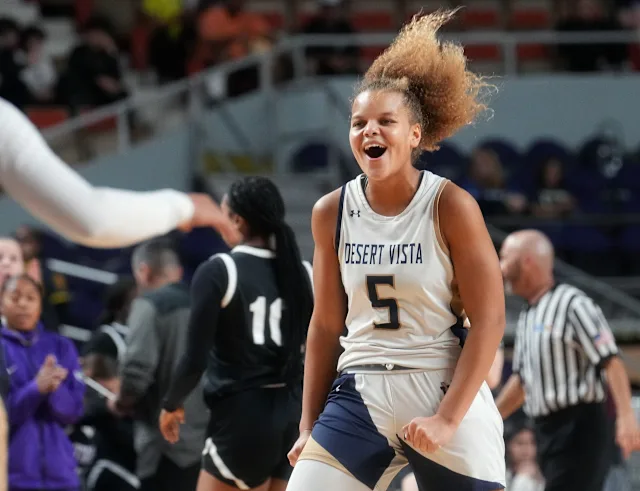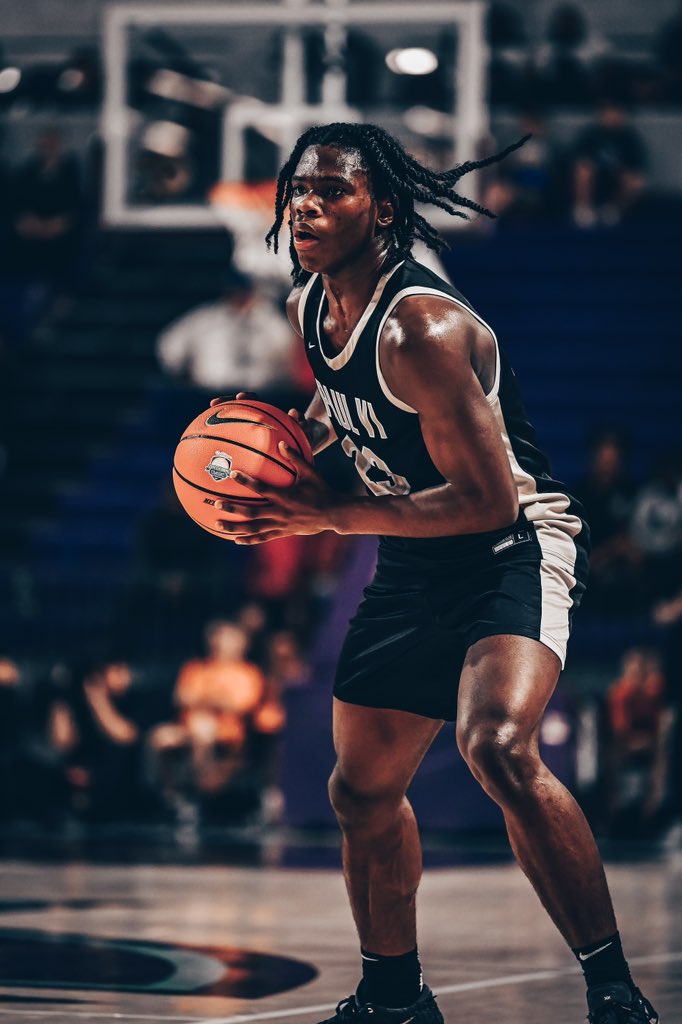From elite academies to pro-style leagues, new basketball pathways are reshaping the road to the NBA — but not every player has a map.
ATLANTA — In a gym filled with NBA scouts, national media, and high-powered brands, Jeremiah Fears took the floor for AZ Compass Prep. Three months later, he was the #7 pick in the 2025 NBA Draft — one of several top selections who never played for a public high school team.
Fears wasn’t alone. Cooper Flagg (#1), Derik Queen (#13), and Asa Newell (#23) all hailed from Montverde Academy, a Florida-based powerhouse known as much for its NBA pipeline as its academics. Tre Johnson (#6) emerged from Link Academy, another elite prep school.
These names represent a growing shift — away from traditional high schools and toward a privatized infrastructure of basketball academies, pro-style leagues, and branded circuits.
But that access isn’t equal. And not everyone is keeping pace.
The Pipeline Has Changed
It used to be the path forward was simple: high school → AAU → college → NBA. That route still exists, but it’s no longer the default.
Today’s top players are spread across a web of high-performance systems:
- Overtime Elite (OTE): A professional league for 16–20-year-olds with a choice between salary or college eligibility, offering in-house education, national exposure, and a full media machine.
- G-League Ignite: The NBA’s own minor league option for elite prospects, providing six-figure salaries and NBA-adjacent coaching.
- NBL Next Stars Program (Australia): A global pro pipeline that’s already produced lottery picks like LaMelo Ball and Josh Giddey.
- Prep Academies + Scholastic Leagues: Schools like Montverde, AZ Compass, IMG, and Link now operate more like NBA incubators than traditional schools — with brand sponsorships, national schedules, and direct access to scouts.
These aren’t just teams. They’re pipelines — complete with trainers, media crews, NIL deal infrastructure, and national visibility.
“They’re not just developing talent,” one D1 assistant coach told ESC. “They’re centralizing it.”
What’s Left of the Traditional System?
For decades, public and private high school programs — including Catholic school powerhouses — were the backbone of grassroots basketball. But today, many of the top players are gone before their junior year.
With the rise of EYBL Scholastic, Nike’s official high school league, the traditional school-based system is being outpaced by elite academies with full-time trainers, nutrionalists, and built-in media platforms. The result? Legacy programs — both public and private — are increasingly sidelined in the recruiting process.
Visibility is another challenge. College coaches can’t attend most regular-season high school games due to overlapping schedules, but they flock to AAU and prep showcases during the NCAA Live Period.
“Even if you’ve got the talent, it’s harder to be seen at a traditional school,” said one veteran coach. “The visibility just isn’t the same anymore.”
Beyond exposure, there’s a cultural cost. Families are often forced to choose between community and infrastructure, loyalty and leverage — and entire school systems are left scrambling to stay competitive.
Cost, Access, and the Equity Question
Access to this new pipeline often comes at a cost.
While scholarships exist, many programs come with significant financial hurdles — from tuition and housing to training, travel, and gear. For those without resources, the odds get longer. And while NIL deals may have created new income possibilities for a few athletes, the vast majority of families are funding their own way into opportunity.
That raises tough questions:
- Is the new system opening doors — or narrowing them?
- What happens to the kid who can’t afford to leave their public school?
- Is the dream still accessible for those without connections or capital?
Does This New Pipeline Actually Work?
The 2025 NBA Draft suggests the answer is yes — for a select few.
The results are hard to ignore:
- Cooper Flagg, Derik Queen, and Asa Newell — Montverde Academy
- Tre Johnson — Link Academy
- Jeremiah Fears — AZ Compass
But not all elite players took that route. Dylan Harper, the #2 pick, played for Don Bosco Prep, a traditional high school, and for the NY Ren’s, a Nike-sponsored AAU team. His story proves that visibility and growth are still possible on a hybrid path. They’re just less common — and often require exceptional support systems.
It’s also worth asking: What happens to the kids who join these elite systems and don’t make it?
The pressure is immense. The developmental environments are elite — but often transactional. And for every pro success story, there are dozens of transfers, redshirts, and burnout cases we never hear about.
Where This Leaves Families
For parents trying to navigate this maze, the truth is nuanced. The best advice from experienced coaches and trainers isn’t flashy — it’s focused:
- Play where you’ll actually play. Sitting on the bench at a stacked program won’t help your child develop or get noticed.
- Go where you’re wanted. A program that truly invests in your child’s growth is worth more than a big name.
- Prioritize coaching. Whether it’s prep, public, or AAU — development depends on teachers, not hype.
The Takeaway
Youth basketball is evolving into a two-track system: one hyper-resourced, ultra-visible, and highly funded; the other still rooted in legacy systems, district budgets, and community programs.
Neither guarantees success. But one is certainly better resourced.
The real question isn’t “Which path works best?”
It’s “Who has access to the map — and who’s left trying to figure it out alone?”
📍 ESC POV:
The game is evolving — but equity has to evolve with it. Families need transparency. Athletes need options. And the system needs to ask whether access to the dream is becoming too exclusive.



